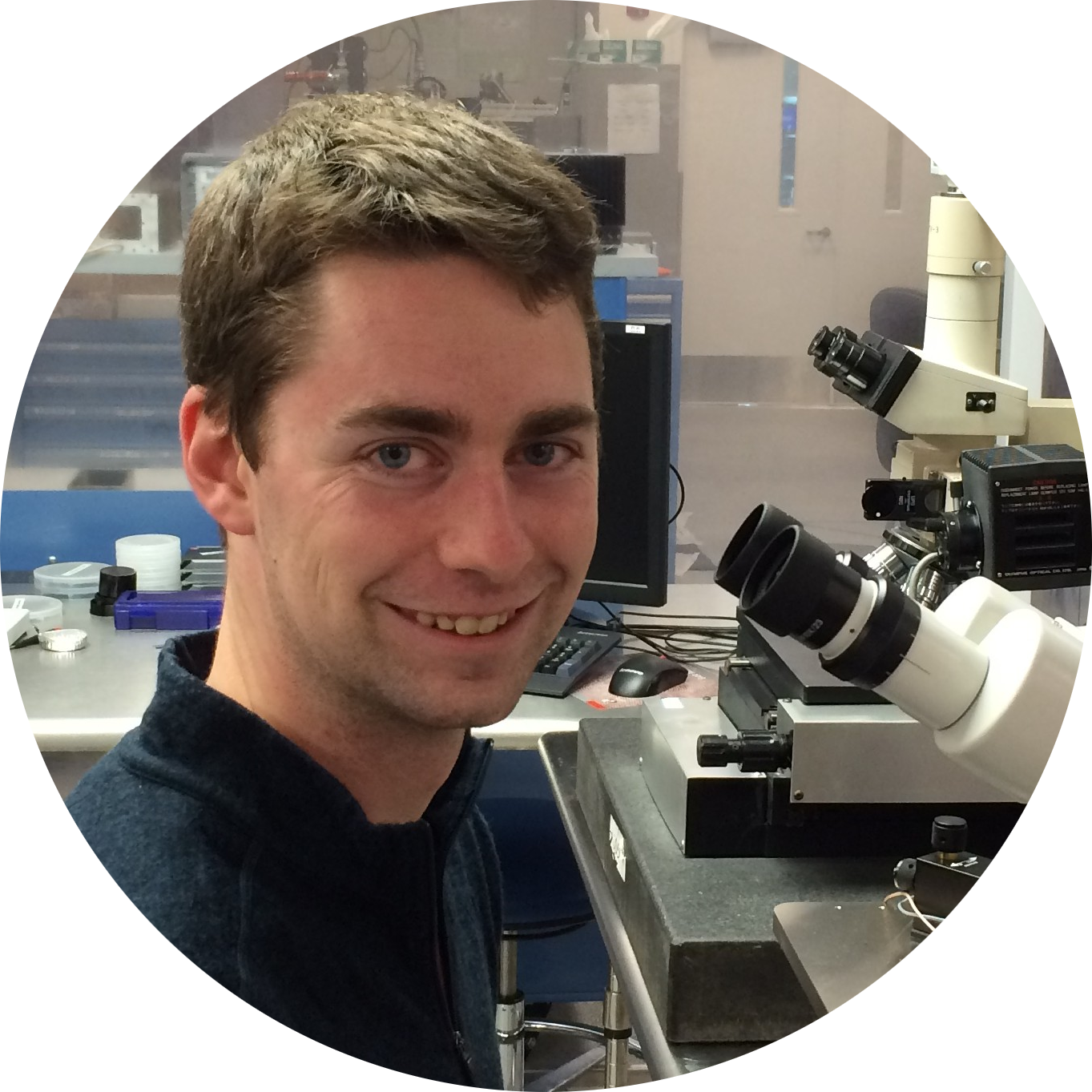Research
This page is under construction!
My graduate research focuses on developing technologies for observing the early universe with ground-based microwave telescopes.
Superconducting Detectors
We use ultra-low-noise, high-sensitivity superconducting detectors to measure microwave radiation (millimeter and submillimeter wavelengths) from the sky. These detectors enable us to
What a TES bolometer is. How a TES measures radiation. Mention negative electrothermal feedback? How I characterize TESs (psat, time constants, complex impedance) to optimize them for our observing modes
Photo of a bolometer, exponential fits, and complex impedance
Discuss using these bolometers for mapping mm sky and measuring sublte fluctations in the CMB.
Silicon substrate-based Fabry-Perot spectrometer
The Fabry-Perot Interferometer (FPI) is commonly used in far-infrared spectrometers for astrophysics instrumentation. An FPI consists of two parallel, highly-reflective surfaces which form a resonant cavity that only permits certain wavelengths to be transmitted. Describe how certain wavelengths are allowed to pass and how adjusting the mirror spacing and reflectivity affect this.
Discuss metal meshes as frequency selective surfaces which are easily tunable for FPI applications. Discuss the common use of free-space metal meshes in far-IR instrumentation. Discuss limitations of FSMMs.
Introduce putting the mirror on a solid surface which can be lithographically printed for more fine tuned metal meshes. Talk about using silicon since it is highly compatible with lithography due to silicon industry. Discuss need for antireflection coatings (ARCs) due to silicon’s high index of refraction. Discuss Metamaterial ARCs for silicon using dicing saws and DRIE. Show SEM of DRIE Double Layer.
Discuss making SSB FPI for CCAT EoR-spec which will be used for [CII] LIM.
Measurements of mm-wave spill-over on AdvACTPol
words
Cryogenics for mm and sub-mm instrumentation
In order to operate our detectors, we need to make them really really cold. We use a bath temperature of 100 mK for our superconducting detector arrays. To get this cold, we use two really cool (no pun intended) refrigerator technologies. Our cryostats use two refrigeration technologies to get to such low temperatures. To cool us from room temperature (300 K) down to ~4 K, we use a two stage pulsetube (PT) which uses high purity helium-4 to do magic. Then to get us from ~4 K to 100 mK, we use a helium-3 helium-4 dilution refrigerator (DR) which does more magic. I’ll describe the dilution refrigerator, how I operate and work on it, and the intrumentation that I work on within it.
